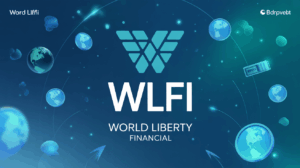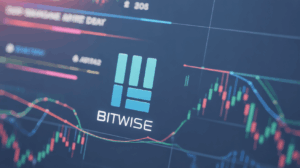Standard Chartered and Zodia Markets Predict Stablecoins Could Account for 10% of U.S. Money Supply
Stablecoins Could Grow to 10% of U.S. Money Supply and FX Transactions, Predicts Standard Chartered and Zodia Markets
Stablecoins could represent as much as 10% of the U.S. money supply and foreign exchange (FX) transactions once the sector becomes more regulated and widely accepted, according to a new report from Standard Chartered (STAN) and Zodia Markets.
The current market for stablecoins is about 1% of both U.S. M2 money supply and global foreign exchange transactions, the report noted. However, the authors, Geoff Kendrick and Nick Philpott, believe that with greater regulatory clarity and sector legitimization, stablecoins could see significant growth, reaching 10% in each category.
Stablecoins and the U.S. Money Supply
Stablecoins are a type of cryptocurrency designed to maintain a stable value, often pegged to the U.S. dollar or, in some cases, commodities like gold. The U.S. M2 money supply, which includes physical cash, savings accounts, and other liquid assets, serves as a key indicator for assessing the potential scale of stablecoin adoption.
“As the sector becomes legitimized, a move to 10% on each measure is feasible,” the authors stated, pointing to the potential for stablecoins to play a major role in both the domestic money supply and the global foreign exchange markets.
Regulatory Developments to Drive Adoption
The report suggests that the key driver behind this growth will be clearer U.S. regulations surrounding stablecoins. Cross-border payments and FX-equivalent transactions are particularly promising areas for expansion.
While the Biden administration introduced three bills aimed at regulating stablecoins, little progress was made. However, the authors anticipate that more meaningful regulation will emerge once Donald Trump assumes office in 2025, which could accelerate stablecoin adoption.
Stablecoins’ Rising Influence
A separate report from Bernstein in September highlighted that stablecoins are becoming increasingly vital to the global financial infrastructure. They are now the 18th-largest holder of U.S. Treasuries, showcasing their growing importance in the financial system.
The report concludes that with continued regulatory development and expanding use cases, stablecoins are poised to play a much larger role in the U.S. money supply and foreign exchange markets in the years ahead.
Share this content:











